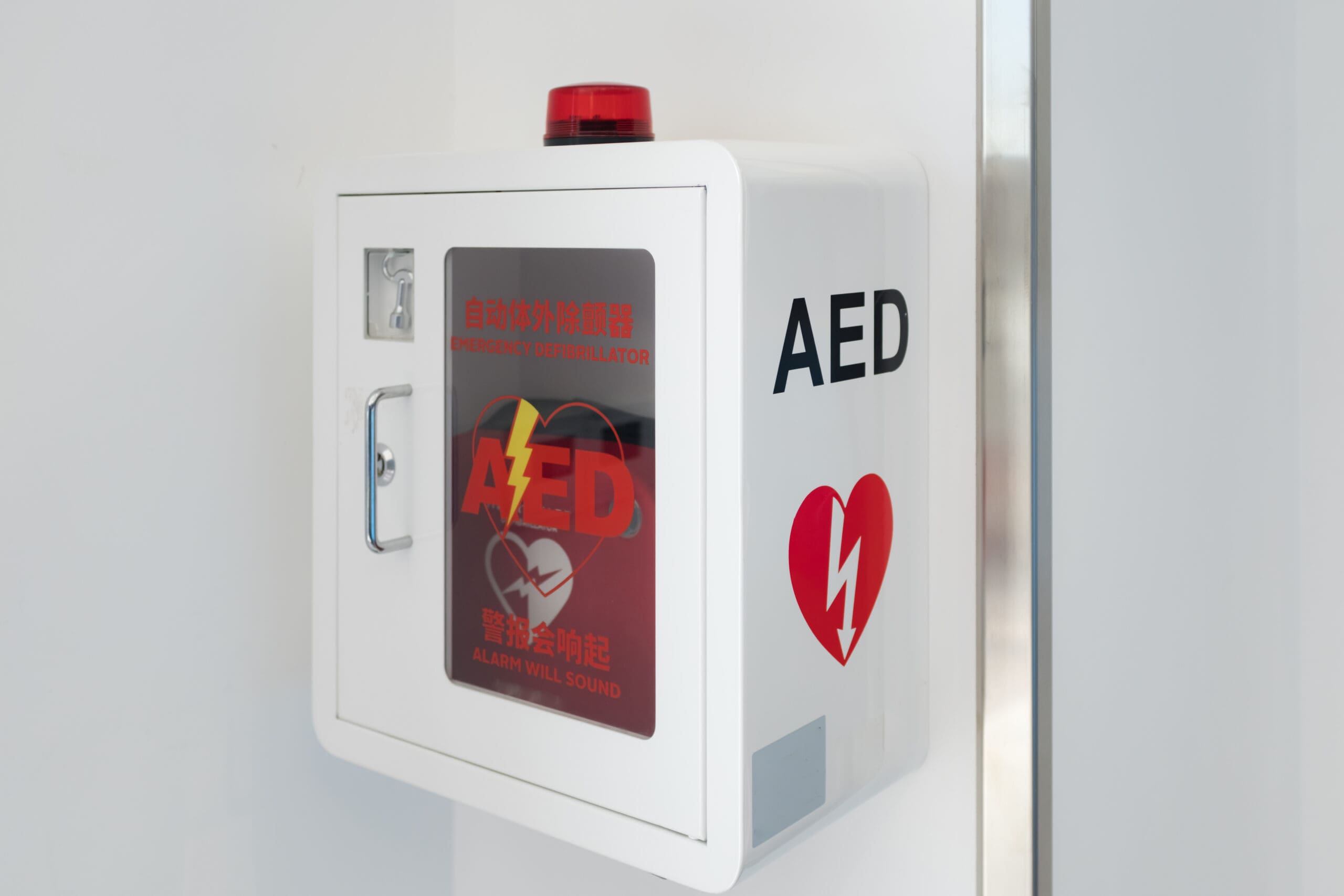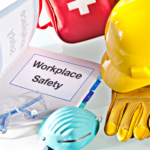Automated external defibrillators (AEDs) save lives. During sudden cardiac arrest, quick action with CPR and proper use of an AED can make all the difference. While all AEDs differ in make and model they all generally work the same. All AEDs will give you a voice prompt on each step and some will even provide on screen prompts. But even with the prompts, it’s important to be familiar with the necessary steps for using an AED. This guide will help you stay prepared.
When to Use an AED
AEDs are for emergencies when a person is not breathing and not responsive. It is important to note that the CPR should not be delayed when using an AED. Use them on adults or children aged 8 or older who weigh over 55 pounds who are not breathing and not responsive.
Step-by-Step Guide to Using an AED
-
Check the Scene Ensure the area is safe for you and the victim. Confirm the person needs help.
-
Call for Help Ask someone nearby to call 911. If you’re alone, call 911 before starting AED use.
-
Turn on the AED Power it on immediately. Follow the visual and audio prompts provided by the device.
-
Prepare the Chest
-
Attach the Pads Place the AED pads on the person’s bare chest as shown on the pads. Connect the cable if needed.
-
Stand Clear Make sure no one, including you, is touching the person. Loudly announce, “Stand clear.”
-
Analyze the Heart Rhythm Push the “analyze” button if required. Allow the AED to assess the heart rhythm.
-
Deliver a Shock if Needed If the AED says a shock is needed:
-
Perform CPR
Practice Makes Perfect
Familiarize yourself with an AED before an emergency. Many public places have practice devices or training sessions. You can also sign up for a training class through Arise Safety and CPR on how to perform CPR and use an AED in an emergency.
Final Thoughts
Using an AED can feel intimidating, but staying calm and following these steps can save a life. Practice often, and you’ll be ready when it matters most.
Stay prepared, stay safe, and stay positive!



